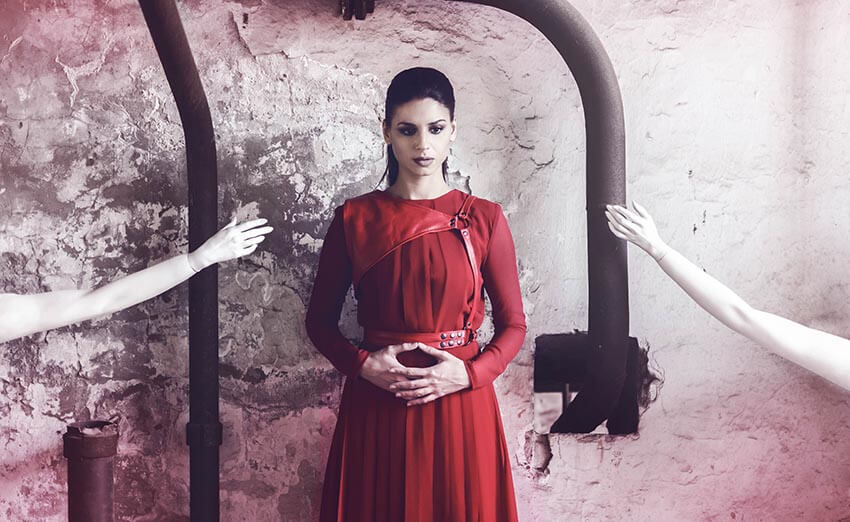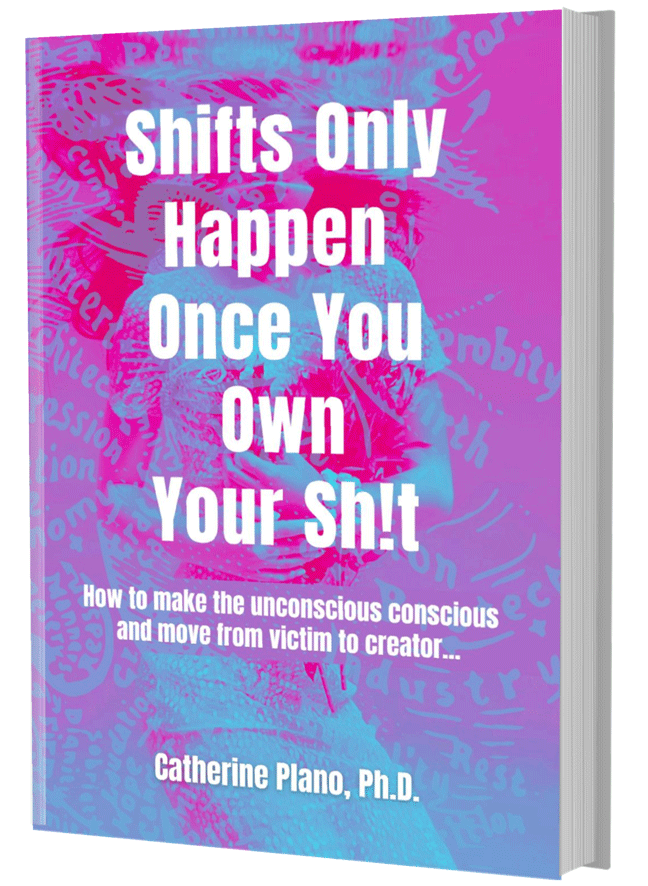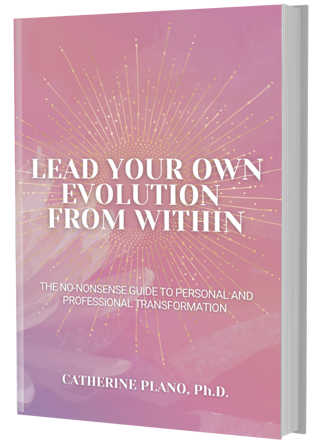Have you ever noticed that, before making a final decision, we all have a different process, a different strategy and a different way of being convinced?
You see, we naturally think that everyone makes decisions like we do.
In fact, nothing could be further from the truth.
We need to understand and accept how we all make decisions depending on how we are convinced.
Think about your style. Before you purchase something big, whether it is a car, a house or even a pair of expensive shoes, what is your process?
If you are one of these individuals that makes decisions on the fly, then you would have an expectation that others would make decisions on the fly too.
This creates frustration and a level of impatience. You may just find yourself annoyed that the other person needed to take their time to process, reflect and digest the information before they came back to you with an answer.
These kinds of elevated emotions will show up in your body language, your non-verbal communication. And guess what? The other person will pick up on what you are putting down.
In addition, they may just mirror those emotions, holding back on making a decision because they feel like they are forced to make a decision.
We always somehow get in the way of our receiving channels. The moment we allow and surrender to what is taking place, things will happen so much faster and more effectively for us.
The magic number three
By default, I am what you call a three-time convincer. When I have to make a BIG decision, I need a number of times before I can be convinced that this is the right decision for me.
For example, if I were buying a new car, it would need to meet certain criteria. It would need to be comfortable, it would need to be a certain colour and it would need a great BOSE sound system because I love music.
Now, that’s just the beginning. Once my criteria are met, I would need to go and see it. I would need to take it for a test drive and, in some way, I would need to experience my new potential car.
That night over dinner, I may talk about it and ask the opinion of others. Then after dinner, I may do a little bit more research on the car. I may even find out what others think about the car and invest some time reading the reviews.
As you can see, in some way shape or form, I need to experience it three times before I am convinced that this is the right car for me.
I have a similar strategy when buying shoes. The very first time my eyes are cast over a sparkly pair of shoes, I go in and try them on. Then my criteria starts running through my mind. Are these shoes comfortable enough? How long will these shoes last? Where would I wear these shoes?
I may just walk out of the store and think about it. I may need to sleep on it. I might just go back into the store and try them on one more time before I make the purchase.
It’s the magic number three for me.
Sleep on it and reflect over night
This brings us to the next way we can make a BIG decision.
At times, some may say, ‘Can I get back to you tomorrow with an answer, once I have had some time to reflect and sleep on it?’
Yes. Believe it or not, some individuals like to reflect and sleep on it before they make a decision.
There is so much power in the time to rest, reflect and realise whether this is for you or not.
These kind of decision makers say that reflection is more powerful than action. They say, ‘why jump into a decision when you have had no time to assimilate and process it?’
Sleeping on it helps us remove any unwanted worries or concerns about our purchase. It also allows us to think about whether we really want this and what for. It also helps us make sense of our intention behind the reason ‘why’ this would be a great purchase or idea.
Those that need time to internalise and reflect over information use these techniques to keep things in perspective and provide clarity on why they need the purchase so bad.
Instant decision maker
On the other hand, there are those who make a decision immediately.
They don’t need time to think about it, and they don’t think twice about it either. If it looks or feels right to them, they jump at the chance.
I have tried this method of decision-making and I have to say 9 times out of 10 I have regretted the choice. Clearly this is not my default position when making a BIG decision.
These kind of decision makers have no excuses about their purchase. If they know it to be right, they will take advantage of all the pros and cons on the spot and take a risk.
You can see how this category of decision makers gets through life by the seat of their pants. That’s how they function. They are super-fast and they are not afraid of making a mistake.
Now you can see that because of the speed of their decision, they can become very impatient of others if they need to sleep on it, take their time or if they are a three-time convincer like me.
They believe there is no such thing as a bad decision. ‘If you know it to be right and true for you, then don’t give it another thought or you will miss out!’ They trust their gut instinct and know that one can become stuck in overthinking, allowing analysis paralysis to creep in and immobilise them.
Never making a decision
The final style is the ones that need to see ‘consistency’ before they make a decision.
Now, this may never take shape. As a matter of fact, these decision makers are indecisive because they are afraid of making the wrong decision. Therefore, they might not make one at all.
You know the type. The one that does all the research, the one that talks to everyone about whether this is the right decision for them or not. They invest their time and energy making several pros and cons lists. They are risk averse in their approach because they don’t realise how important it is to make a decision if they want to move forward.
These individuals are the ones that have been in the same relationship for 25 years, the same job for 15 years, the same lifestyle since their 20s.
The reason for this is that they are constantly seeking external for their decision-making. They need everyone’s approval before they make a decision, and this creates even more indecision.
I believe a good decision is better than no decision. It doesn’t have to be perfect, it just needs to be done.
I really hope that now, after reading this article, you have compassion, patience and understanding that we are all unique individuals and that we must allow the time for those decisions to be processed.
If you do come across one that is indecisive, influence them by showing them that the word indecision is a decision. Consequently, they have taken the first step forward.
Encourage them to take the next step. They just might do it with the help of your support.





